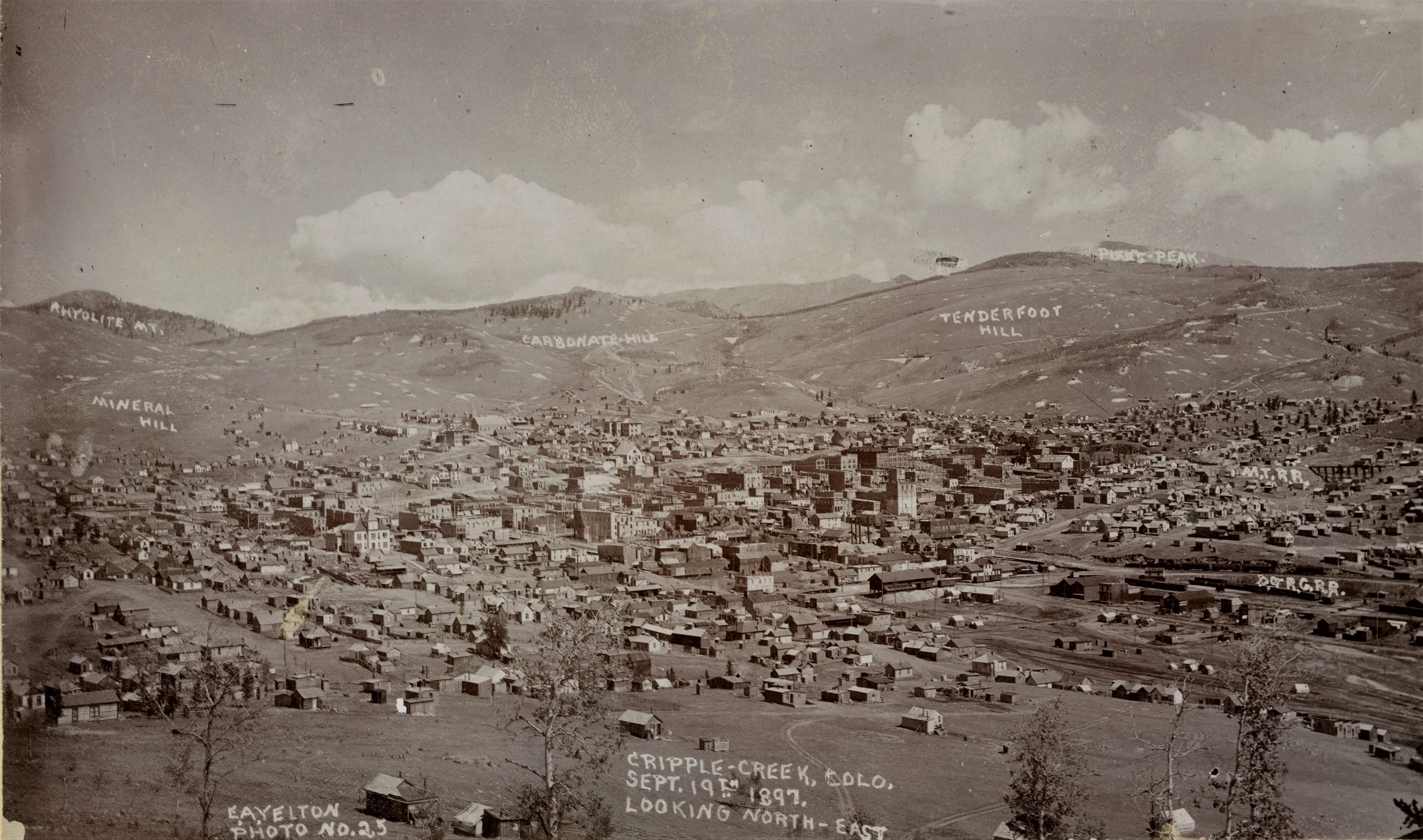The Sisters of Mercy who first built the St. Nicholas as a refuge for sick and injured miners now comprise a worldwide community of 10,000 members, continuing Catherine McAuley's vision of service to the poor, ill, and disadvantaged. In the United States, over 4,700 members, and worldwide, over 10,000 members support community development, education, healthcare, housing, long-term care, and spiritual ministries.










